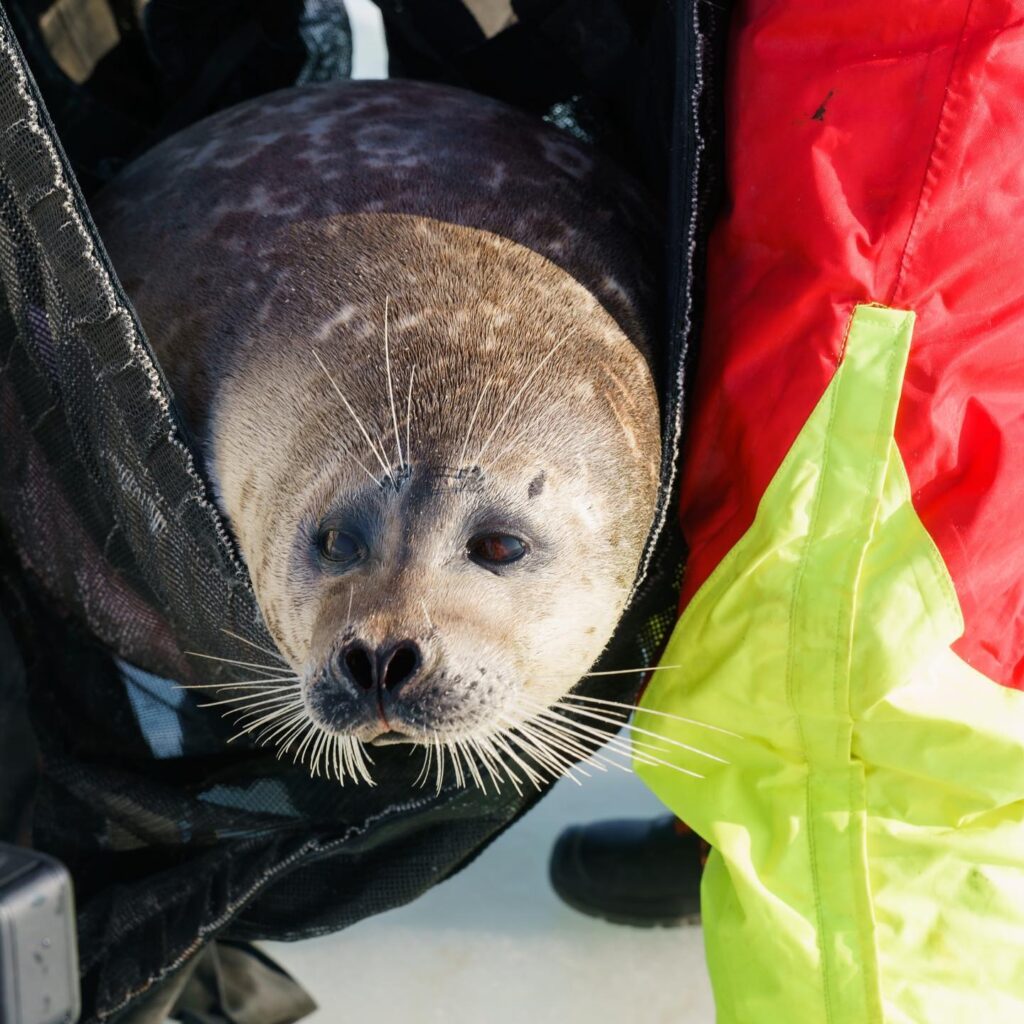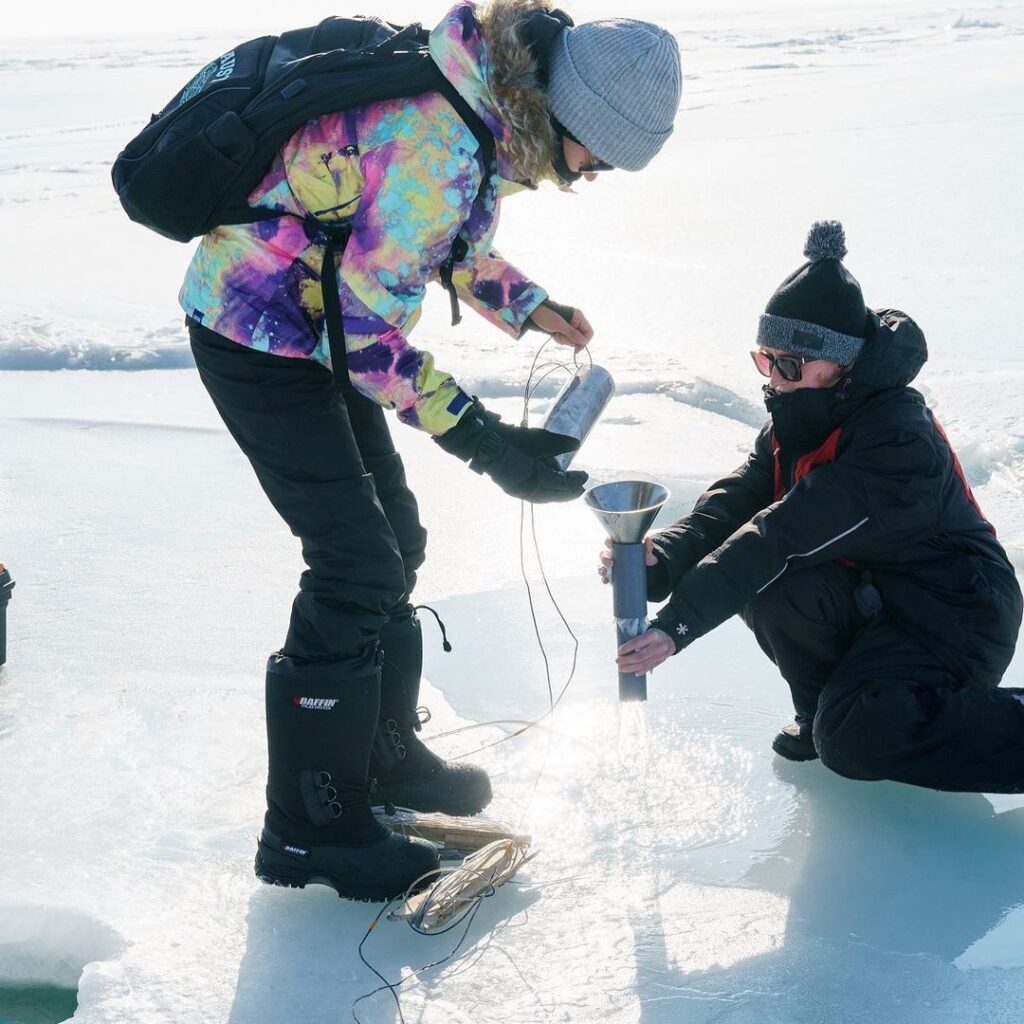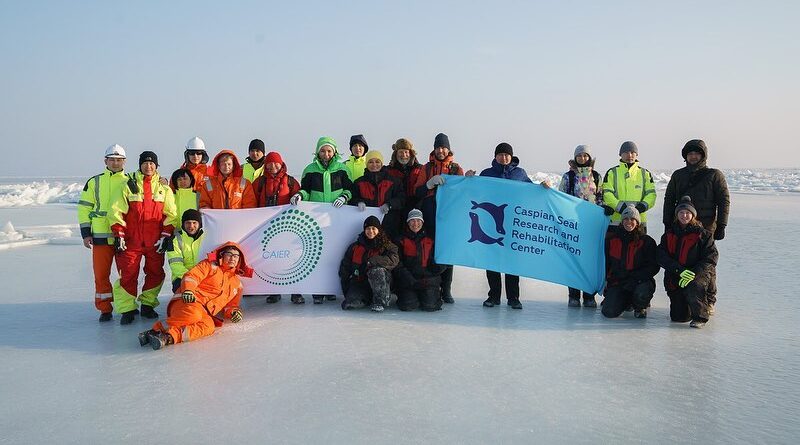CAIER Organized the Seventh International Expedition
In January, the Central Asian Institute for Environmental Research (CAIER) organized the seventh international expedition to study Caspian seals and the severe ecological situation in the Caspian. Scientists in the field of marine biodiversity Daniel Costa, Emeritus Professor of Ecology and Evolutionary Biology of the University of California, Tommy Nyman, Professor of the Norwegian Institute of Bioeconomy Research (NIBIO), as well as other famous scientists from Great Britain, Kazakhstan, USA, Saudi Arabia and France were gathered to participate in research work in the Kazakhstan waters of the Northern Caspian.
“The institute has been dealing with the issues of environmental safety of the country (Kazakhstan – Kaspika’s note) for more than 10 years. We have been studying the problem of the decline in the Caspian seal population in details since 2015, because the health of the endemic of the Caspian Sea is a marker of the ecological well-being of the entire Caspian region. We hope that the data obtained during the research work will provide an answer to the question about the reasons for the catastrophic decline in the Caspian seal population,” hopes Aselle Tasmagambetova, ecologist, founder of CAIER.




For the first time, the scientists managed to obtain milk samples of Caspian seal females feeding their pups for further genetic analyses. The discovered sick animals were provided with veterinary assistance. It was possible to collect biomaterials for research on the level of the stress hormone, immune reaction, intoxication level.
The researchers installed satellite transmitters equipped with various electronic sensors on seals. The devices would help determine the exact location of the animals, the depth of immersion and establish whether the seals would be on ice or in water at a certain point of time. Ice coating samples were also taken from the Caspian to determine the content of microplastics and other organic pollutants.

Samples were also collected to identify microparasites, biotoxins, as well as to determine the food ration of red-listed animals, an ultrasound procedure was carried out. A team of researchers led by Professor Nyman will conduct a study of microparasites identified in seals. Scientists led by Professor Duarte will investigate selected samples of snow coating and water to study ecological DNA (eDNA), which will help assess the degree of vulnerability of marine biodiversity. Genetic study of seal milk, biopsy of fat and muscles will be carried out by Professor Simon J. Goodman’s team.

Source: Caspian Seal Research and Rehabilitation Center.
Photos by Zhanarbek Amankulov.

